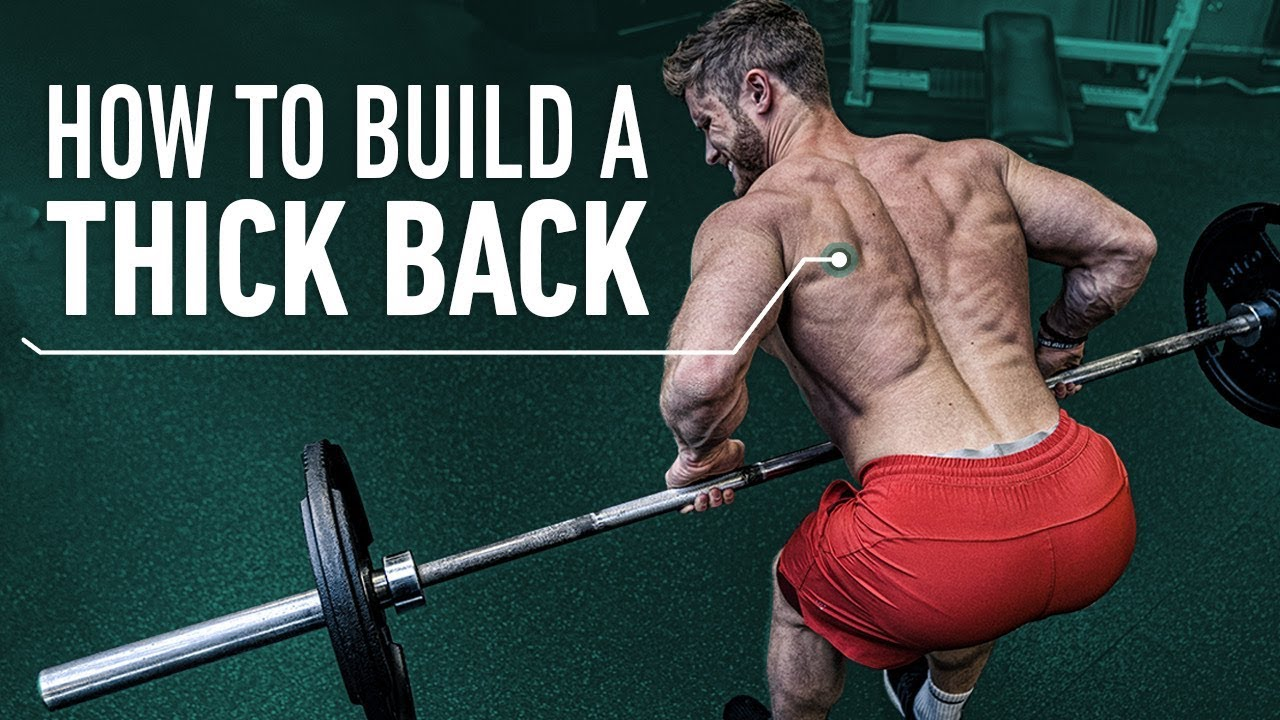For over two decades, I’ve been immersed in the world of weight gain, weight loss, and bodybuilding, guiding countless individuals to transform their bodies and unleash their full physical potential. My journey has been one of continuous learning, bridging the gap between cutting-edge sports science and the raw, unyielding demands of the gym floor. In this article, I want to share insights that challenge conventional wisdom and offer a fresh perspective on optimizing your training for both performance and aesthetics, without compromising your long-term joint health.

The Science-Practitioner Divide: Bridging Research and Real-World Application
My philosophy is deeply influenced by individuals who not only contribute to the scientific understanding of exercise but also actively apply that knowledge in practical coaching scenarios. It’s a rare and invaluable combination. While many discuss scientific literature, far fewer are actively involved in research while simultaneously coaching high-level athletes. This dual perspective is crucial because it allows for a nuanced understanding of how theoretical principles translate into tangible results for diverse individuals.
Often, online discussions about fitness can become polarized, with some dismissing scientifically backed principles as “bro science” and others adhering so rigidly to research that they overlook practical realities. The truth, as I’ve found, lies in the intelligent integration of both. Understanding the “why” behind an exercise, supported by biomechanics and physiological data, empowers you to make smarter choices in your training. However, the art of coaching lies in adapting these principles to the individual, acknowledging their unique physiology, injury history, and psychological drivers.
The Glute Guy: A Niche, Not a Limitation
Many in the fitness community know me for my extensive work on glute development. While I embrace the moniker of “The Glute Guy,” it’s important to understand that my expertise extends far beyond a single muscle group. My doctoral studies in sport science and deep dive into biomechanics have provided me with a comprehensive understanding of human movement, applicable to every muscle and every lift. I’ve spent half my life studying bodybuilding, training competitors, and meticulously analyzing the mechanics of movements like the squat and deadlift.
The focus on glutes, however, is strategic. In a crowded fitness landscape, establishing a niche is essential for recognition. The glutes are unique; they are paramount for aesthetics, particularly in bodybuilding and bikini competitions, and they play a critical role in athletic performance and overall functional movement. They are a “keystone” muscle group, influencing hip, knee, and lower back health. I’ve seen firsthand how targeted glute training can alleviate pain and improve movement patterns for my clients, from everyday individuals to elite athletes. This makes them a fascinating area of study with broad implications.
My work now largely takes place at “Glute Lab” in San Diego, where I have the privilege of working with a diverse range of high-level athletes and competitors. This environment allows for continuous experimentation and refinement of training methodologies. It’s a dynamic existence, balancing client sessions with podcast appearances, my own training, staff collaboration, and ongoing research and writing. The variety keeps the mind engaged and prevents stagnation, a stark contrast to the monotonous routines some endure.

Challenging Training Dogma: The Eight-Week Experiment
One of the most valuable aspects of my ongoing research involves personal “eight-week experiments.” These aren’t rigorous scientific studies with control groups, but rather in-depth case studies on myself, offering invaluable insights into how different training approaches impact strength and physique. The results often challenge widely held beliefs within the fitness community.
For instance, a couple of years ago, I embarked on an eight-week experiment focusing solely on machine-based training, eliminating free-weight squats and deadlifts entirely. The prevailing sentiment often dismisses machines as inferior, especially for compound movements. My goal was to assess their impact on my squat, deadlift, and hip thrust strength. I utilized the Smith machine for squats (mimicking my free-weight stance), hack squats, leg presses, and even Smith machine deadlifts (though I’m not a big fan of those).
The outcome was surprising: my free-weight squat strength actually increased, while my deadlift and hip thrust strength saw a temporary dip before rebounding strongly. This suggested that Smith machine squats, when performed with proper form, can effectively transfer to free-weight squat strength, likely due to the consistent movement pattern. This experiment highlighted the potential for machines to build strength and muscle, particularly when used strategically and with intention.
More recently, driven by nagging knee and lower back pain from heavy squats and deadlifts at 42 years old, I undertook another experiment: completely removing squats and deadlifts for eight weeks. Instead, I focused intensely on hip thrusts (both Smith machine and Glute Drive), leg extensions, and Nordic hamstring curls. My aim was to maintain hip and knee extension strength and mobility while giving my joints a much-needed break from axial loading.
The results were remarkable. My hip thrust strength skyrocketed, achieving numerous personal records in volume. My leg extension strength also saw significant gains, allowing me to train my quads effectively without pain for the first time in years. Upon returning to squats and deadlifts after the eight weeks, I was able to hit my previous personal bests of 405 lbs on squats and 565 lbs on sumo deadlifts, despite feeling somewhat uncoordinated initially.
The Power of Pain-Free Training and Strategic Deloading
This experiment underscored a critical point: training in pain significantly hinders progress. When your body anticipates discomfort, muscle activation can be inhibited, and your ability to generate force is compromised. Eliminating pain, even temporarily, can unlock hidden strength and allow for greater muscle activation. It’s like driving with the parking brake on – once released, your performance dramatically improves.
Furthermore, these experiments suggest that you don’t always need to be performing the “big lifts” year-round to maintain strength. While specificity is important, strategically incorporating alternative exercises that train similar movement patterns and muscle groups can be incredibly beneficial. Think of it as a form of active recovery and a way to unload your body. Sometimes, taking a step backward allows you to take two steps forward in the long run.
This concept is particularly relevant in my current gym, where we’ve implemented a system that has resulted in virtually no injuries among our hundreds of monthly clients over the past year. Instead of heavy barbell squats and deadlifts, we extensively use lever squat machines, Hammer Strength deadlift machines, kettlebell deadlifts, goblet squats for higher reps, and straddle lifts (a belt squat variation). While these still challenge the major muscle groups, they reduce the inherent risks associated with heavy free-weight barbell movements.
The key lies in understanding the psychological attachment we often have to certain lifts and numbers. Our desire to constantly chase personal records on squats and deadlifts can lead to pushing through pain, sacrificing form, and ultimately, injury. We rarely have the same emotional attachment to a seated row or a goblet squat, making us more likely to listen to our bodies and train within safe limits. By emphasizing safer, yet highly effective, movements, we allow clients to push intensity without risking debilitating injuries.

The Mind-Muscle Connection: More Than Bro Science
For years, the concept of the mind-muscle connection was often dismissed as “bro science” by the more analytically inclined. However, I can tell you from decades of personal experience and scientific inquiry that it is a very real and powerful phenomenon. Bodybuilders have instinctively understood this for decades – the ability to consciously contract and “feel” a muscle working during an exercise can significantly enhance its growth.
Our own research, including studies we’ve published, has demonstrated that focusing on the target muscle during an exercise leads to higher electromyographical (EMG) activity, indicating greater muscle activation. While it’s true that for pure performance (like a one-rep max or jumping height), an external focus (e.g., “push the floor away”) is often more effective, this is because focusing on a muscle can be less efficient for maximal force production. Performance is about the outcome, while hypertrophy is about maximizing tension and metabolic stress within the muscle.
When you deliberately focus on contracting a muscle, even with lighter weight, you can create immense tension throughout the range of motion. This focused effort leads to greater metabolic stress and muscle damage, key drivers of hypertrophy. So, while you wouldn’t focus on your tricep while throwing a dart to hit a bullseye, you absolutely should be concentrating on your pecs during a chest press if your goal is muscle growth.
Through various experiments, we’ve shown how dramatically EMG activity can vary based on attentional focus. For example, a back extension can yield vastly different glute activation levels depending on whether you consciously try to engage your glutes or not. The mind-muscle connection, far from being pseudoscience, is a crucial tool in a bodybuilder’s arsenal, allowing for precise targeting and maximizing the hypertrophic stimulus of an exercise.
Conclusion: A Smarter Path to Strength and Size
My journey through the fitness world has taught me that true expertise lies in being adaptable, continuously learning, and always prioritizing the long-term well-being and progress of your clients. It’s about respecting the science, understanding individual differences, and challenging conventional wisdom when the evidence (even anecdotal) suggests a better path.
The takeaway from these experiences is clear: you can achieve incredible strength and muscle growth without relentlessly hammering your body with the heaviest free-weight movements. By strategically incorporating machines, varying your exercise selection, prioritizing pain-free training, and consciously engaging your muscles through the mind-muscle connection, you can build an impressive physique and sustain your training for years to come.
What are your biggest training challenges when it comes to balancing strength gains with joint health?



